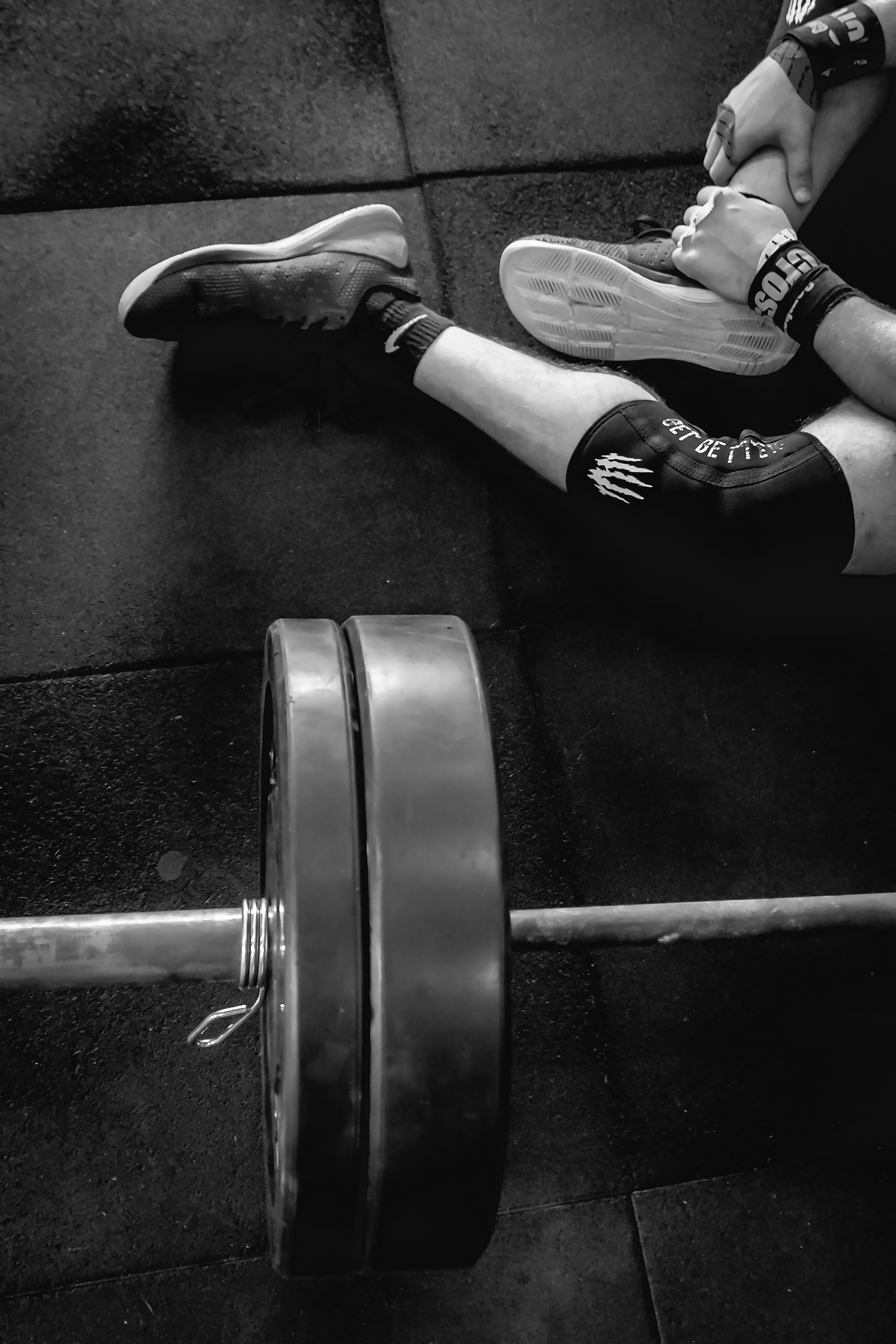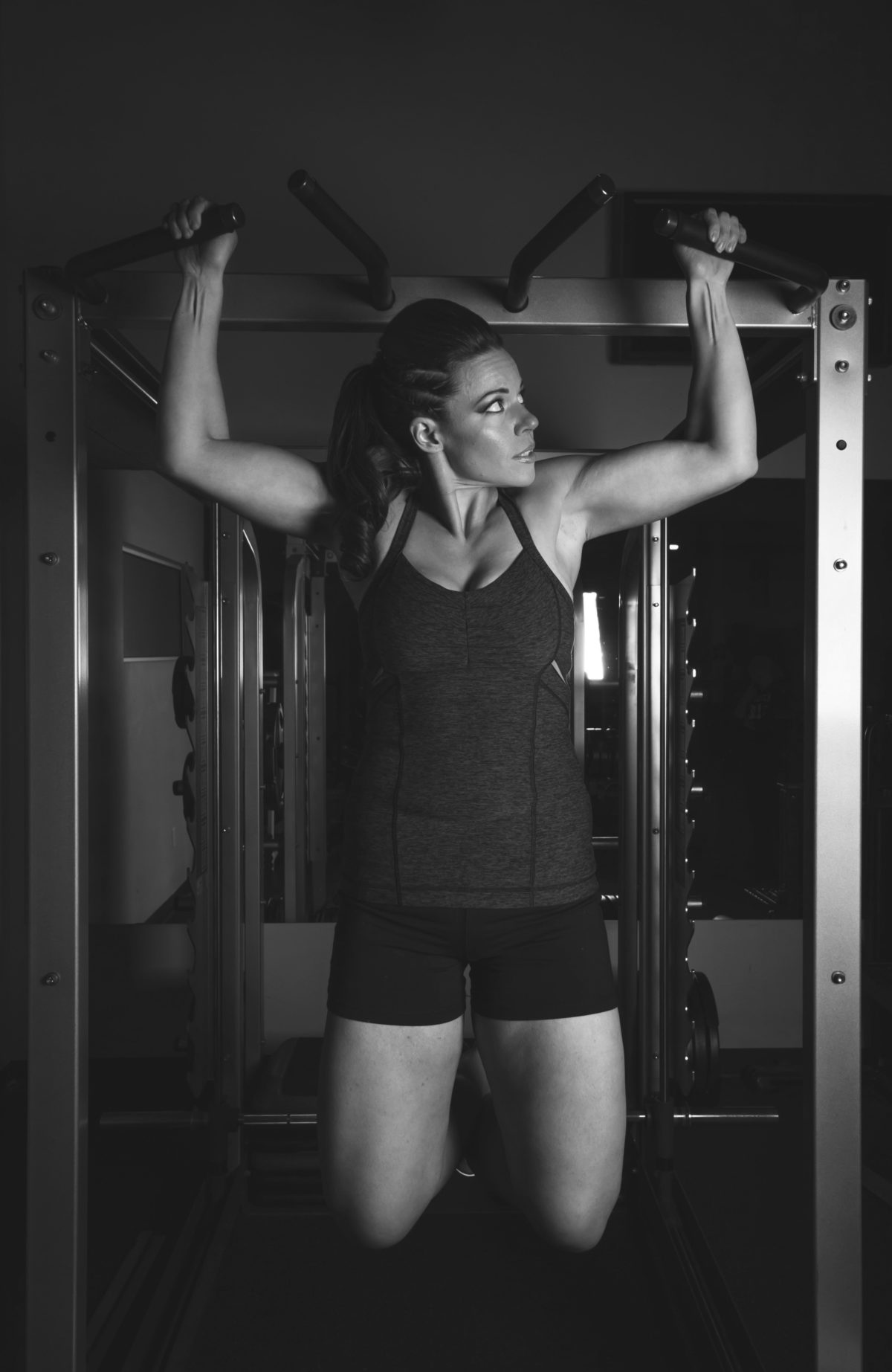Participate in anything physical long enough and injuries will happen at some point. CrossFit might get a bad rap for injuring people, but the truth is that it happens just as much (if not more) in sports other than CrossFit. Plus sometimes life happens, you have some sort of procedure or surgery. The important thing is not the injury, but how you come back to working out after an injury.
You might have had doctor’s orders to take it easy and not do anything strenuous for a couple weeks or maybe even a few months. So, you served your time and now you are anxiously waiting to be able to work out again. But doing so incorrectly can set you back instead of push you forward. So how do you come back to working out after an injury?
When working out after an injury, start slow
Your body has been resting. While the mind and body might be ready and willing to get going, it is better to take it easy when you first come back. Pushing too hard can put strain on an injury that is healing.
By starting slow you will also have the opportunity to focus on form or “easier” modifications. I say easier because if you are used to doing T2B go try some K2E. It’s the same thing with HSPU and wall walks. The “easier” one usually ends up being more difficult.
Take note of your soreness
More than likely you will feel really great that first day back to working out after an injury. You get to see your friends and you’re back in the box actually moving and lifting again. We know it’s fun and exciting.
But, be prepared for the soreness to hit harder than expected. I think I speak for us all when I say that coming back after that week-long vacation was much harder than expected. Who knew a week of drinking on a beach and eating all you can eat buffets for every meal would lead to this much pain?!
Rest and recovery are extra important when working out after an injury
You told yourself you would take it easy when you came back. But you didn’t know you would be coming back during a 1RM back squat day with a metcon of Fran. So you might have overdone it a little bit, but today just felt good and you PR’d both!
As the saying goes, you can’t unring a bell, so now what? Now you need to focus on the rest and recovery. Good nutrition, sleep and water intake will be game changers here.
Other things like starting with only a few WODs that first week or two while focusing on mobility the other days will also greatly benefit your ability to get back to normal when working out after an injury.
Enjoy the process of getting back in the gym
Is there anything better in the world than a good WOD? No of course not, but don’t sit around and mope.
While you are getting back on your feet you don’t have to do absolutely nothing. Use this free time to focus on another form of self improvement. Read a book, go for a walk with the family, learn a new skill, spend time with your pets, try a new recipe. The list is endless – so enjoy the extra time in your day but don’t waste it.
Injuries suck. Time away from the gym sucks. But, letting it get you off track is the worst thing you can do. So once you do get the green light from someone who gets paid more than me, start back. Don’t worry if it’s not where you used to be, and that might get you down.
Remember success builds motivation. So even just getting into the box and moving should be seen as a success and help you be motivated for the next day!



